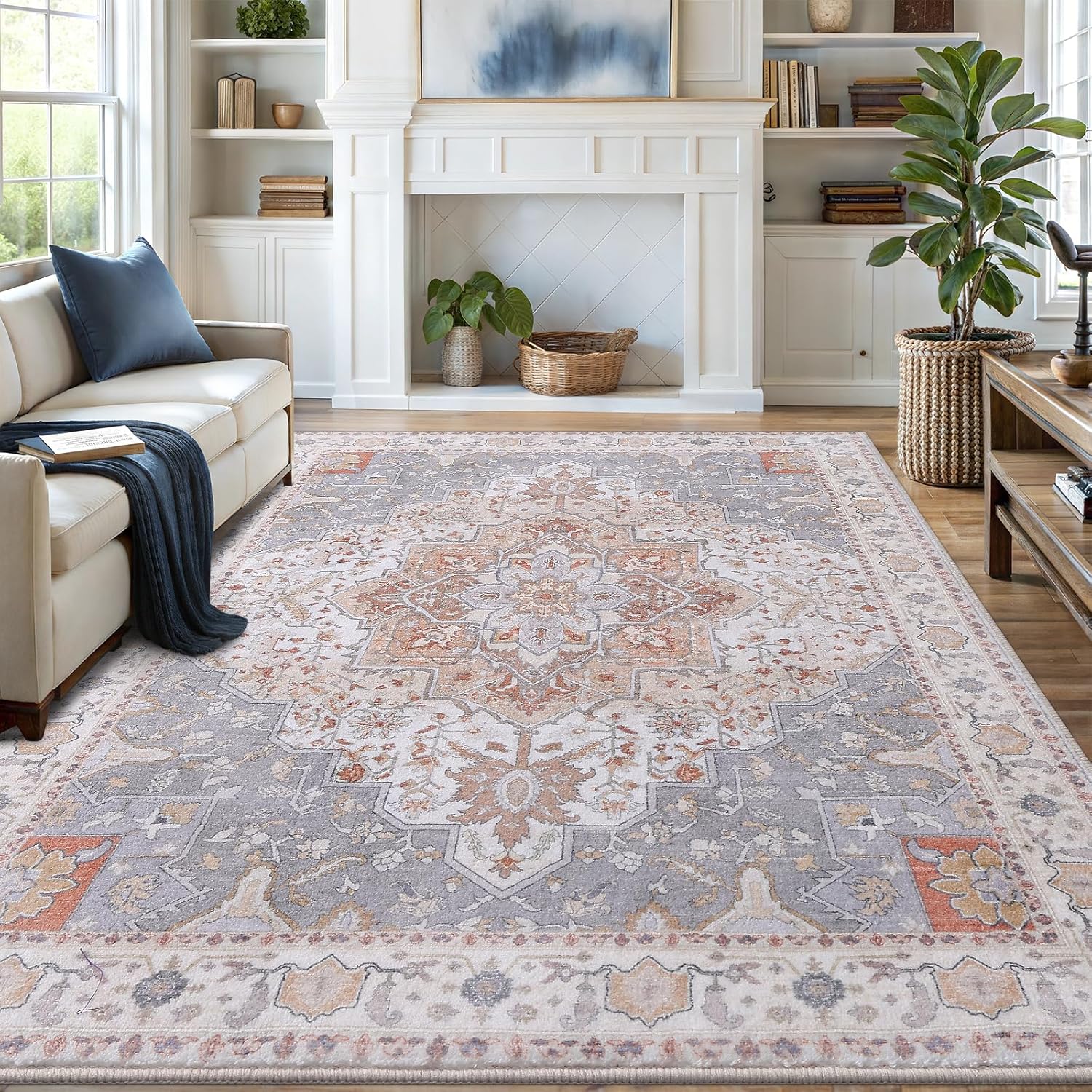The filter, brush roll, and dust canister of a vacuum cleaner require regular maintenance to ensure optimal performance and longevity.
Keeping your vacuum cleaner in top shape requires regular attention to key components. Neglecting maintenance can lead to poor performance, reduced suction, and even permanent damage. Let’s explore the critical parts that need your care.

1. Filters: The First Line of Defense
Filters trap dust and allergens, protecting both your vacuum and your home’s air quality. Different vacuum models use various filter types:
HEPA Filters
High-Efficiency Particulate Air filters capture 99.97% of particles as small as 0.3 microns. These are essential for allergy sufferers and should be replaced every 6-12 months. Never wash HEPA filters – they’re designed for replacement only.
Foam Filters
Common in many standard vacuums, foam filters should be washed every three months. Rinse under running water until clear, then air dry completely before reinstalling.
Carbon Filters
Used in pet vacuums to control odors, carbon filters typically need replacement every 6 months. If you notice lingering pet smells after vacuuming, it’s time for a new one.
For optimal air quality, consider pairing your vacuum maintenance with HEPA air purifiers throughout your home.

2. Brush Roll: Your Carpet Cleaning Workhorse
The brush roll agitates carpet fibers to lift dirt and debris. Proper maintenance prevents common issues:
- Cut away hair and strings weekly – they wrap around the roller and damage bearings
- Check bristle condition monthly – worn bristles reduce cleaning effectiveness
- Inspect bearings annually – seized bearings can melt the nozzle housing
For homes with pets, the brush roll requires extra attention. Consider pet-specific vacuum models designed to handle heavy hair accumulation.
3. Dust Containment System
Vacuum Bags
Replace bags when 2/3 full for optimal performance. Waiting until completely full strains the motor and reduces suction. Some premium models like Miele feature full-bag indicators.
Bagless Canisters
Empty after each use to prevent dust from compacting. Wash the dustbin monthly with mild soap and water, then dry thoroughly.
| Component | Maintenance Frequency | Warning Signs |
|---|---|---|
| Bags | When 2/3 full | Reduced suction, full indicator light |
| Canister | After each use | Dust blowing back out, musty smells |
4. Hose and Attachments
Clogs in the hose system are among the most common vacuum problems. Monthly maintenance prevents major issues:
- Detach the hose and inspect for blockages
- Use a broom handle to gently push out debris
- Check attachment connections for tight seals
- Wipe down exterior surfaces with a damp cloth
According to vacuum repair experts, most motor failures result from prolonged use with clogged hoses.
5. Belts: The Power Transmission Link
The drive belt connects the motor to the brush roll. Proper belt care includes:
- Annual replacement (sooner for heavy use)
- Immediate replacement if stretched or cracked
- Regular removal of hair wrapped around brush ends
As noted by Everett Vacuum, worn belts cause brush rollers to slow or stop completely, reducing cleaning effectiveness.

Vanmoos 6×9 Machine-Washable Area Rug — Artistic Flair / Beige
Low-pile, non-slip rug that minimizes pet hair collection and makes quick cleanup part of your routine.
Affiliate link — may earn a commission at no extra cost to you.
6. Motor and Electrical Components
While motors don’t require routine maintenance, proper care extends their lifespan:
- Never run the vacuum when clogged
- Allow the motor to cool between extended cleaning sessions
- Listen for unusual sounds that indicate bearing wear
- Check power cords regularly for damage
For homes with multiple flooring types, ensure proper height adjustment to prevent motor strain. The best vacuums for mixed flooring feature automatic height adjustment.
7. Wheels and Exterior
Often overlooked, wheels and exterior surfaces need occasional attention:
- Remove hair and threads from wheel axles
- Wipe down the vacuum body with a damp cloth
- Check for cracks in plastic housings
- Lubricate moving parts as specified in your manual
Regular maintenance keeps your vacuum running efficiently for years. A well-cared-for vacuum not only cleans better but also protects your flooring investment and indoor air quality.
